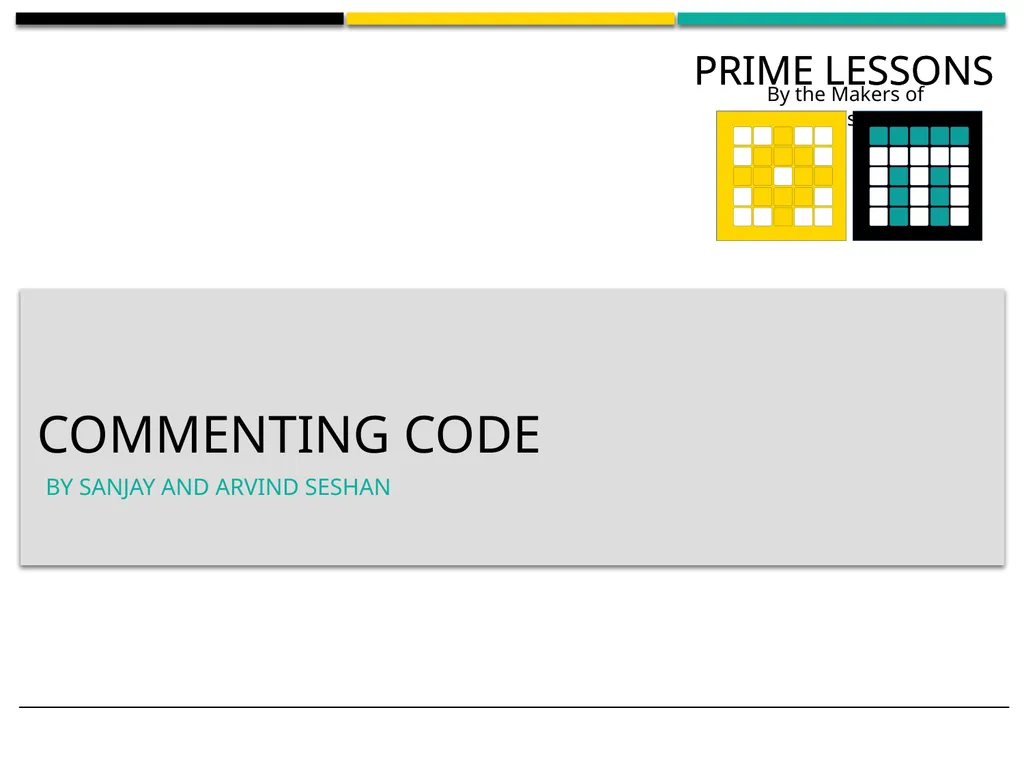
Author : lindy-dunigan | Published Date : 2025-05-17
Description: Commenting code BY SANJAY AND ARVIND SESHAN Lesson Objectives Learn how to comment code Learn the importance of commenting code Learn what makes useful comments Copyright 2020 Prime Lessons (primelessons.org) CC-BY-NC-SA. (Last edit:Download Presentation The PPT/PDF document "" is the property of its rightful owner. Permission is granted to download and print the materials on this website for personal, non-commercial use only, and to display it on your personal computer provided you do not modify the materials and that you retain all copyright notices contained in the materials. By downloading content from our website, you accept the terms of this agreement.
Here is the link to download the presentation.
"Commenting code BY SANJAY AND ARVIND SESHAN Lesson"The content belongs to its owner. You may download and print it for personal use, without modification, and keep all copyright notices. By downloading, you agree to these terms.













